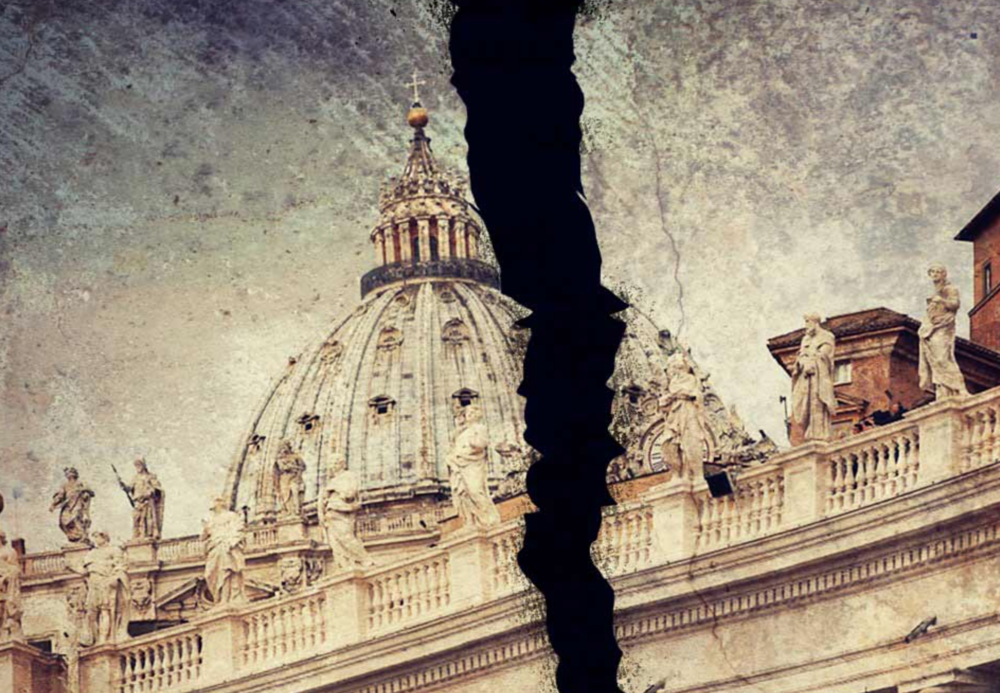It’s been quite some time since a story involving a major figure or incident in the Catholic church was covered by both the mainstream and religious press.
Stop and think about that for a moment.
The story in question at the moment involves disgraced ex-Cardinal Theodore McCarrick, one of the most influential Catholic prelates of the past half century on both sides of the Atlantic.
Pope Francis, readers will recall, defrocked McCarrick — the press-friendly former cardinal of Washington, D.C. — in 2019 following a Vatican tribunal into allegations that he had molested a 16-year-old boy decades ago. McCarrick resigned from the College of Cardinals the prior year, but only after an accusation that he had molested the teenage altar boy while serving at the Archdiocese of New York was found to be credible. At that point, some newsrooms finally began covering years of off-the-record reports about McCarrick’s behavior with seminarians.
McCarrick, now 93, has gone into seclusion the past few years. He’s been largely forgotten by the mainstream press (with a few notable exceptions).
That all changed on Aug. 30 when the latest chapter in the McCarrick saga emerged in the form of a court hearing. A Massachusetts judge ruled that the former cardinal was not competent to stand trial in another sex abuse case. The 2021 case stems from a charge that “Uncle Ted” — as he was often called by seminarians — had sexually assaulting a teenage boy in Massachusetts.
The Associated Press covered the story this way, replete with a dateline. Here’s how the article opens:
DEDHAM, Mass. (AP) — The once-powerful Roman Catholic Cardinal Theodore McCarrick will not stand trial on charges he sexually assaulted a teenage boy decades ago, as a Massachusetts judge dismissed the case against the 93-year-old on Wednesday because both prosecutors and defense attorneys agree he is experiencing dementia.
McCarrick, the ex-archbishop of Washington, D.C., was defrocked by Pope Francis in 2019 after an internal Vatican investigation determined he sexually molested adults as well as children.










